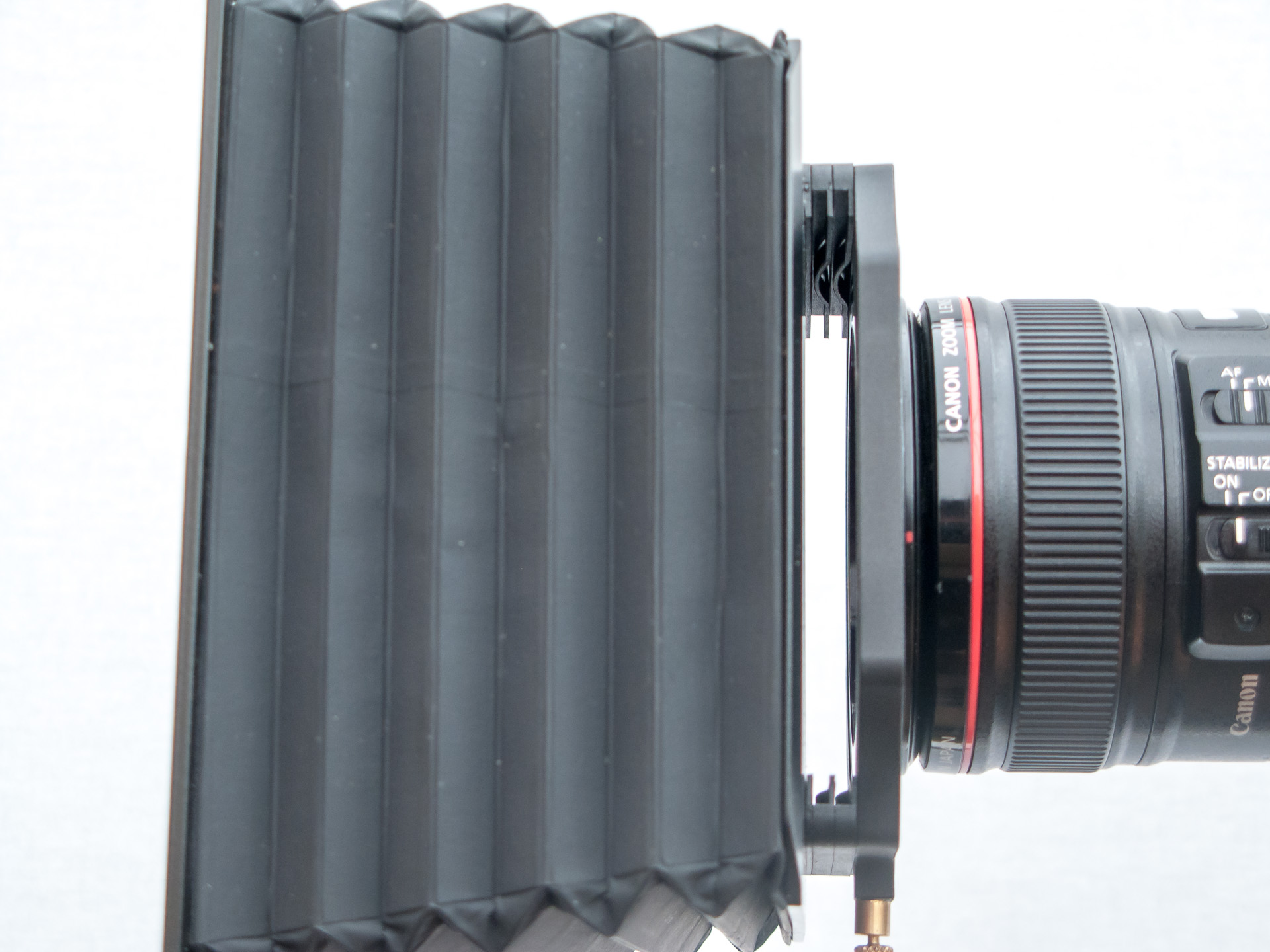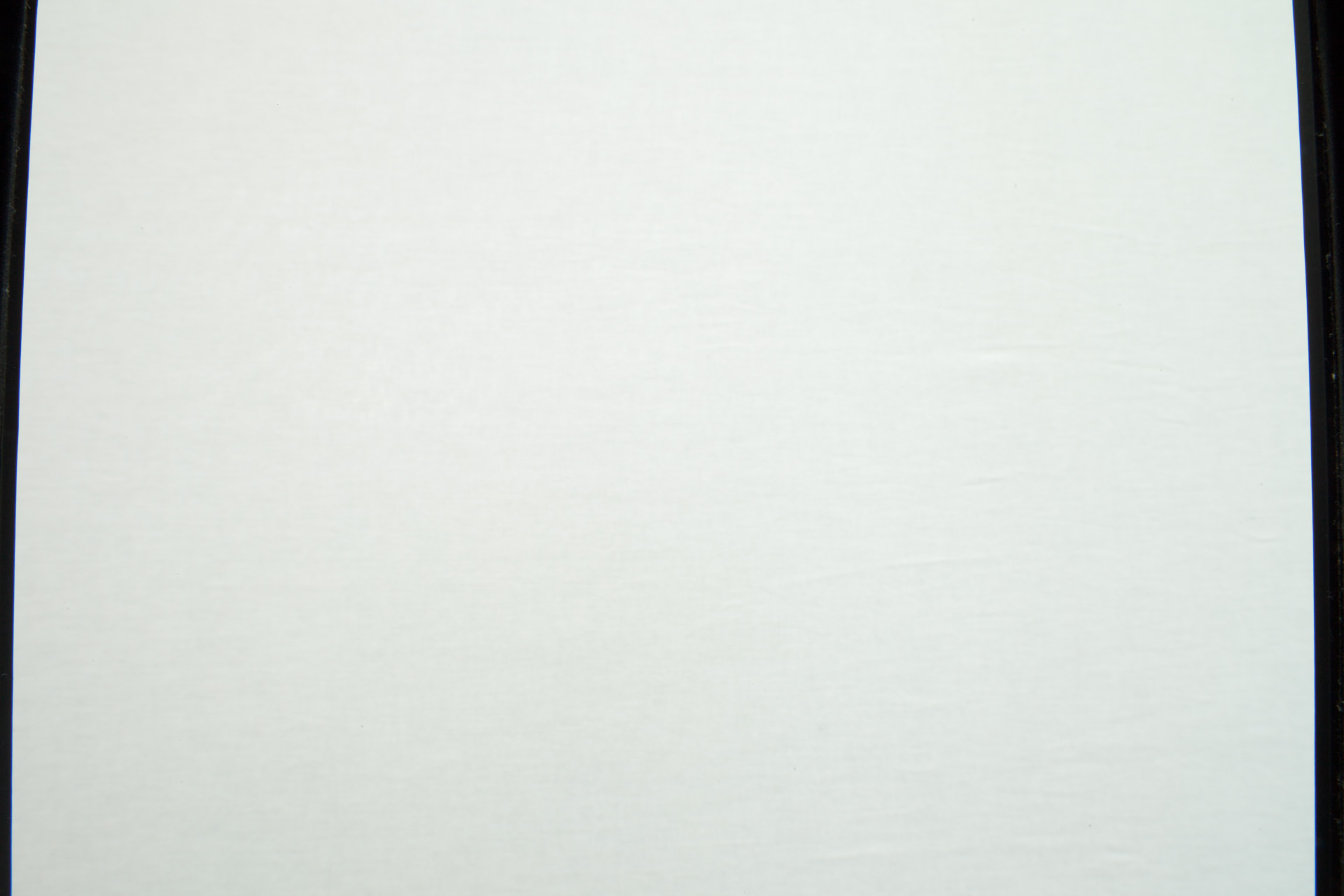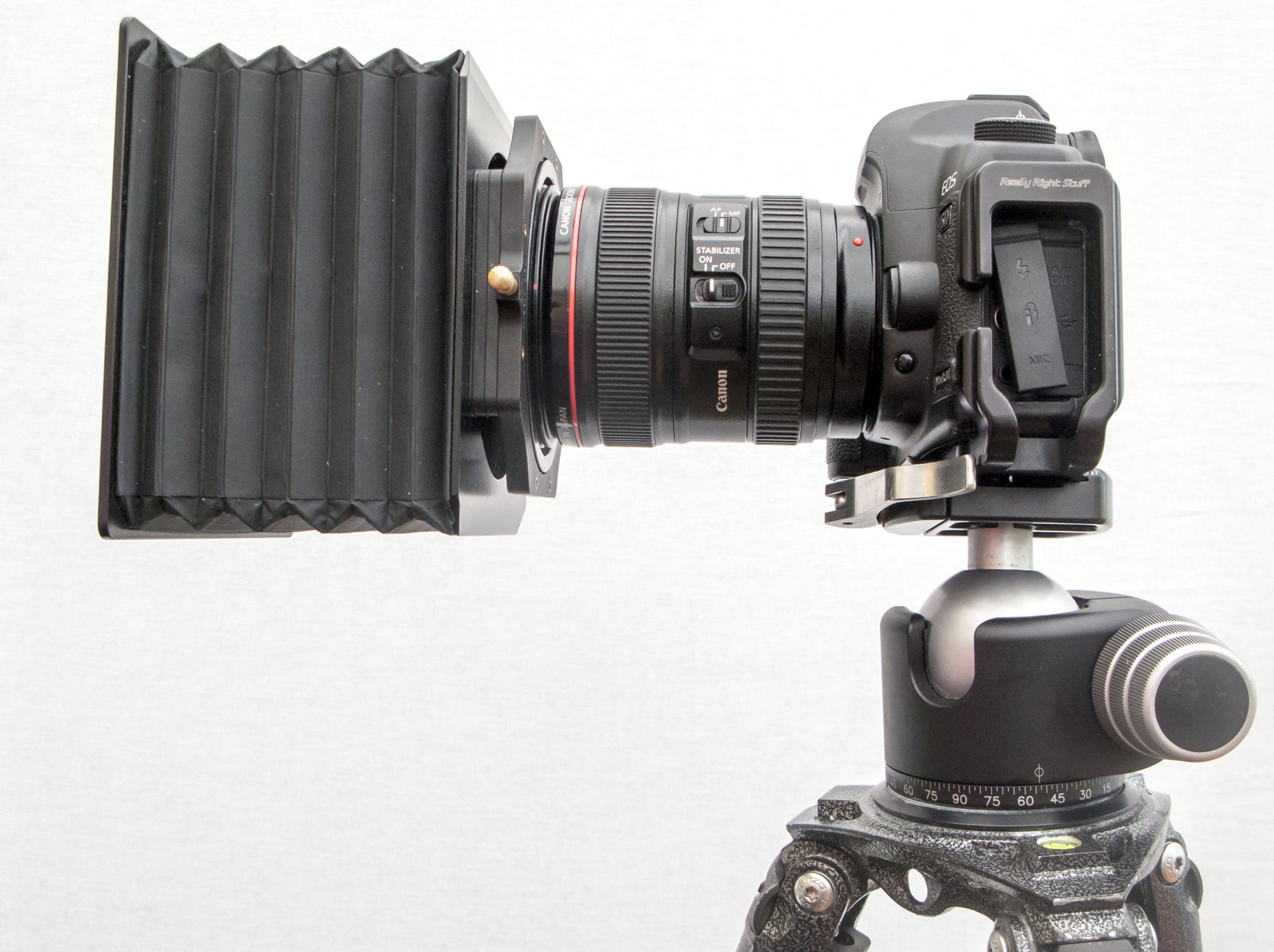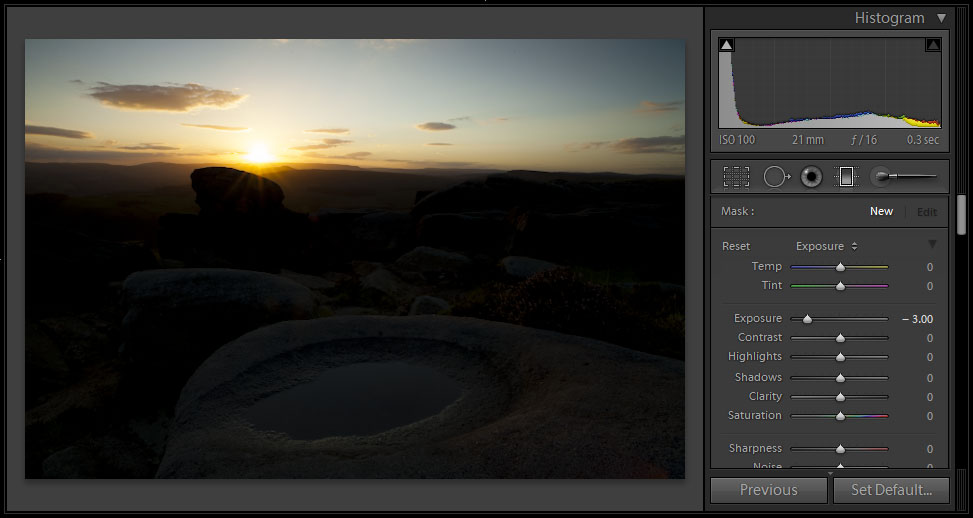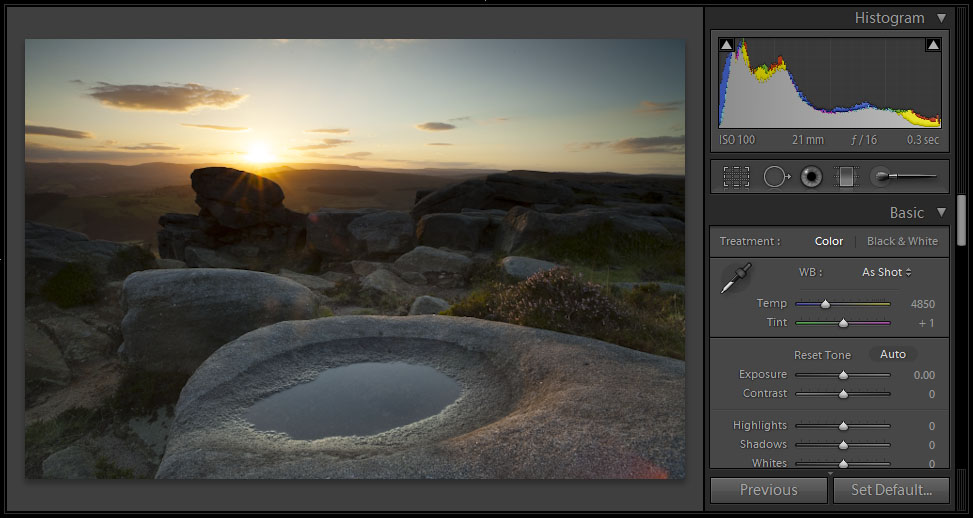This Christmas Santa was kind enough to leave me a Lee Universal Hood and a Heliopan 105mm polariser (must've been a good boy!). I know a few people have asked questions about the hood so I thought I'd share my initial experience with it as well as the polariser.
Prior to buying this combination I had a 77mm polariser which fits the filter thread of my Canon 24-105mm lens. As I've said before I'm increasingly using prime lenses and - surprise, surprise! - they have different filter threads - 67mm, 72mm, 82mm, everything but 77mm! This basically mean that when I wanted to use a polariser I had to use my 24-105mm. Indeed the polariser became pretty much permanently attached to that lens which in effect made it a very expensive polariser!
When using a polariser it's very difficult, in some cases impossible, to use it with a lens hood. Often the lens hood is so narrow and deep that you can't get your hand in to turn the polariser.
Even without a polariser, I use filters most of the time when I'm in the field and these absolutely rule out the use of the standard lens hood. If you don't know, with the Lee filter system you basically attach a big filter holder to the front of the lens which means there's no way to mount the lens hood on the bayonets.
I get by without using a lens hood but there have been more than a few occasions where I've had sun flare causing me problems. I could try to hold my hand in position just out of frame to block it but more often than not I'd wobble (especially with a long exposure) and my hand would come into frame. Not quite what I'm looking for!
So I went for this combo so that I could use a polariser on any lens, and I could shade my lens whilst using my filters. Winner!
What's In the Box
Ok, more like what did I get:
- Lee Universal Lens Hood (e.g. here)
- Heliopan 105mm Circular Polariser (e.g. here). Note: "SLIM" fit.
- Lee 105mm Front Ring (e.g. here)
The hood itself looks like a regular Lee Foundation Kit (the normal holder) with 2 slots behind the hood which work as you'd expect. It clips onto the adapter ring on the lens in exactly the same way. Indeed, it's pretty much a Foundation Kit with a bellows hood attached to the front. It comes with a case which is pretty handy as normally my foundation kit just rattles around my bag.
The front ring goes inside the hood. You have to unscrew the 4 screws holding the filter holder together, put the ring in place and then screw it back together. The ring comes with a little screwdriver to let you do this. It's a good idea to note what bits go where before unscrewing so you know how to put it back together again!
Although I also got longer screws the ones that come with the hood were long enough. If you wanted to add another filter slot, you would follow the same procedure as here or for the Foundation Kit: unscrew, put extra holder retainers in, and screw it back together. The kit doesn't come with extra filter retainers and you'd need the longer screws (5/8" ones for 2 slots + ring, so it would be the 3/4" ones you need for 3 slots + ring).
The ring itself is nothing more than a metal 105mm filter thread and the circular polariser is no more than a regular screw-in 105mm filter. There's nothing special about the Lee one or the Lee system here, it's just giving you a filter thread in front of the Lee filter slots to screw another (in this case non-Lee) filter into.
That's all you need. Pretty straightforward.
First Impressions
I love how the hood looks (note: looks!). Really love how it looks. With its bellows arrangement it looks like something you'd use on a "proper" camera. My wife even said "did you get that to make your camera look older?". It's a cool looking bit of kit.
Simple things perhaps but I have a love of things that look and feel "proper". Well engineered and crafted. I'm not saying that the Lee one neccesarily is (time will be the test there) but its got that feel to it if you get what I mean.
One of the main draws to me trying film is enjoying the engineering quality and aesthetic of the equipment. I remember Bruce Percy letting me have a go of his Hasselblad on his workshop. Aside from the fact that the viewfinder was enormous, the whole thing just struck me as a beautiful instrument. Controls were crisp but fluid, it was cold to the touch, it felt well engineered. And the noise of the shutter? *swoon*.
Anyway I digress. The bellows hood makes me feel a little more part of that world without all of the faff of having to develop film and what-not! :)
Positioning
The point of the bellows is that you can extend or retract the hood to suit the lens you're using - hence why it's called the "Lee Universal Hood". With a wide lens you have to retract it most of the way. With a longer lens you pull it all of the way out.
Not so here. With the Universal Hood you decide the position of the hood and so you need to check that the hood is in the right position.
Of course the right position isn't just "out of frame", it's actually "out of frame, but right on the edge of out of frame to block the light". So there's some guesswork and jiggery pockery required to get it just right.
On several occasions I've thought it was positioned correctly only to then find that it had crept into the side of the frame. I hadn't noticed because the hood is black and the camera is black and so the hood coming in just looked like the frame edge. Of course that is very much user error but it's another "faff" to think about and pay attention to.
Fully extended the bellows is about 10cm long. My 24-105mm is about 10cm long, my primes are shorter, and so it's kinda big! And this probably points to another, at least potential, problem - wind.
It's big, it almost doubles the size of the camera and lens and being cube shaped, it's not what you would call aerodynamic. Also being mounted on the end of the lens it's at the furthest point from the ballhead to offer resistance against anything pushing on it (i.e. wind). Think of a door. It's easiest to push the door furthest from the hinge, and so the wind blowing the (lightweight) hood will have more of an effect than if it was blowing something directly on top of the tripod.
I haven't used it enough in breezy conditions to draw a definitive conclusion as to the extent of the effect in practice, though I did shoot a couple of 1 minute long shots with a stiff side wind that showed noticeable shake that I would attribute to the hood.
Polariser Access
It's easy enough rotating the polariser by putting your hand in the front of the hood. A bit of a bonus with the Lee system is that - if you're not using grad filters - you can rotate the holder itself rather than the polariser which is much easier.
I have had the polariser get stuck on the thread a couple of times. I think because of the hood coming up from the sides, it's difficult to get my sausage fingers in and screw the filter with it perfectly flat. I think I'm applying some vertical pressure onto the filter threads which make it stick that little bit more. It's sortable by using a rubber band, but I wouldn't screw it on too tightly!
Water Drop Protection
One of the things I wanted a hood for is to keep stuff off the front of my lens. I seem to spend my entire life wiping water off of my lens and filters. The hood does help here, particularly with snow and rain which is more or less vertical.
In the case of (the more usual?) horizontal rain when you're shooting into the wind then obviously it doesn't help. I've had very mixed results with keeping splashes from waterfalls off. Given the trajectory of these splashes they tend to arc horizontally, and so the hood tends to offer little protection if shooting in the direction of the fall. Bit disappointed with that, but predictable I suppose.
If you are using it to keep rain off then note that the regular filter slots aren't covered by the hood. This means rain can fall between the slots onto the filters without you realising. Also if the holder gets wet then you tend to get water smears on the filters as you put them in or out.
This is true of the Foundation Kit too, but the hood doesn't completely save you in these circumstances as you might otherwise hope. Doug Chinnery (@dougchinnery) put me onto these chamois from Skyeskyns. They provide similar protection to rain covers but are a lot more versatile and a lot less faff. In problem rain I'll drape the chamois over the camera including the filter slots to stop water getting down there. Oh and offcuts are awesome for absorbing water on the lens! :)
Vignetting
I've talked about the need to get the hood in the right position so it doesn't encroach on the frame.
As you might expect at 21mm you can see that fully extended the hood comes all the way into frame. Retracting it to about halfway takes it out of frame.
This is true at 24mm as well - in fact, it encroaches more. How can that be you may ask (I did)? I believe it's because my Zeiss 21mm holds the filter holder tighter to the lens than the 24-105mm does. You can see this when I mount the polariser as well. At 24mm the polariser encroaches into the corners (note not evenly which I found odd, not perfectly seated?). At 21mm it's out of frame.
For a little additional info, I have a Foundation Kit with 3 slots and another front ring - with the polariser at 24mm it was very noticeable in the corners. By removing one slot from the holder the polariser was not longer visible. I presume the extra layer of metal that forms the back of the bellows sandwiched between the ring and the filter slots moves the polariser out that little bit more causing the polariser to encroach.
Oh one other thing related to the metal plate at the back of the bellows. If you have a 100x100 filter such as a full ND, it's better to put this in the slot closest to the lens. Otherwise this metal plate makes it difficult to get the filter out whilst mounted on the lens. This is good practice anyway to minimise light getting in behind the ND filter.
Fully extended at 35mm there is slight encroaching of the hood when fully extended. At longer lengths it can't be seen.
With respect to vignetting (rather than "encroachment") I tried shooting at different positions with different focal lengths and didn't see the more common "shadowing" in the corners. Thinking about it, I'm not sure if this is normally a problem with lens hoods rather than with the lens itself. It certainly seems that either the lens hood is actually visibly in frame or you don't know it's in use, I haven't noticed any other effects in between the two.
Flare Protection
One of the main reasons to use a lens hood is to reduce flare. Does it work? I wouldn't know as I haven't seen the sun for about 5 weeks!
In seriousness I've not had many situations so far where I think it would add much benefit so I'm not in a position to say at this point. I certainly expect that it would given that you can adjust it to literally the edge of the frame. It should work fine. The only potential concern would be with the shape. The lens hood is square and the lens is round. I don't know if the corners of the square would let in light that a regular lens hood would otherwise block, or if that would be a problem. I'll find out in time.
One source of "flare" that I find annoying is where you have a bright object just out of frame. It can have a "bleaching" effect on the frame edge. For example if you want to exclude the sky and crop it just out of frame, the glare from the sky still has an effect on whatever is below. I didn't expect - but hoped - that the hood would help too much with that. And it doesn't. Oh well.
Final Thoughts
Firstly I'm glad to have the polariser. I haven't had too much opportunity to use it so far but glad to have a more flexible option than my 77mm in my armoury.
The Universal Hood I'm a bit more ambivalent about. It's got its good points. I'm sure it will do what I need in terms of preventing flare and it keeps stuff off the front of the filter in vertical rain. But in a wind it's going to cause problems, and doesn't do a great job of keeping water splashes off. It's something of a faff to use and I dislike having to faff.
At the end of the day it's good to have in the bag. I'm not sure in general usage it will offer me better results than the regular, straightforward Foundation Kit. It will certainly be situationally useful but, on balance, considering the money, I'm not sure it's that great.
I'll see if my thinking changes with more experience.
Have you had similar experiences? Or do you have any questions about the hood (or even the Lee system) that I haven't covered? Given I had the images, for a laugh I put together a short stop-gap video showing the "extending nature" of the hood. The captions seem to have gone a bit screwy on upload but hopefully the video gives an impression of how the camera "grows" using the hood.[vimeo https://vimeo.com/58658481]

